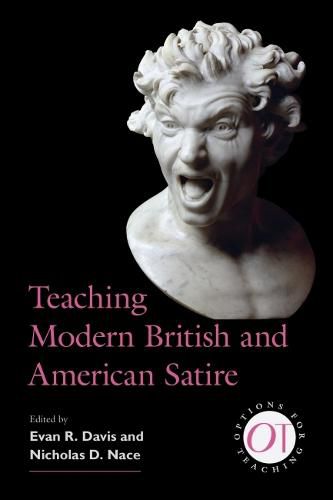Readings Newsletter
Become a Readings Member to make your shopping experience even easier.
Sign in or sign up for free!
You’re not far away from qualifying for FREE standard shipping within Australia
You’ve qualified for FREE standard shipping within Australia
The cart is loading…






This volume addresses the teaching of satire written in English over the past three hundred years. For instructors covering current satire, it will help in finding ways to enrich students’ understanding of voice, irony, and rhetoric and to explore the questions of how to define satire and how to determine what its ultimate aims are. For instructors teaching older satire, the essays in the volume will demonstrate ways to help students gain knowledge of historical context, medium, and audience, while addressing more specific literary questions of technique and form. Readers of this volume will find ways to introduce students to authors such as Swift and Twain, to techniques such as parody and verbal irony, and to the difficult subject of satire’s offensiveness and elitism. This volume also helps teachers of a wide variety of courses, from composition to gateway courses and surveys, think about how to use modern satire in conceiving and structuring them.
$9.00 standard shipping within Australia
FREE standard shipping within Australia for orders over $100.00
Express & International shipping calculated at checkout
This volume addresses the teaching of satire written in English over the past three hundred years. For instructors covering current satire, it will help in finding ways to enrich students’ understanding of voice, irony, and rhetoric and to explore the questions of how to define satire and how to determine what its ultimate aims are. For instructors teaching older satire, the essays in the volume will demonstrate ways to help students gain knowledge of historical context, medium, and audience, while addressing more specific literary questions of technique and form. Readers of this volume will find ways to introduce students to authors such as Swift and Twain, to techniques such as parody and verbal irony, and to the difficult subject of satire’s offensiveness and elitism. This volume also helps teachers of a wide variety of courses, from composition to gateway courses and surveys, think about how to use modern satire in conceiving and structuring them.